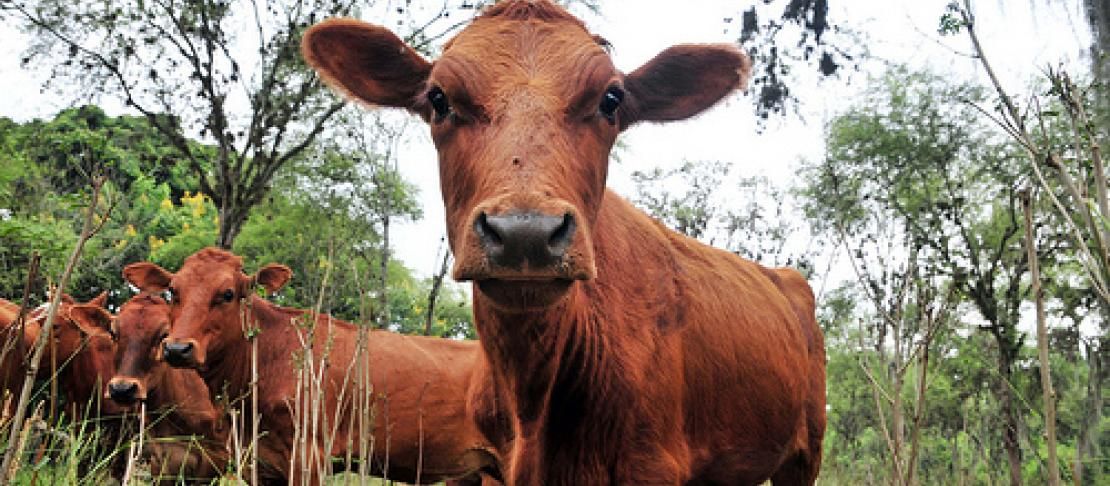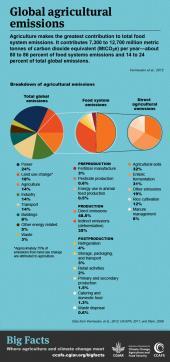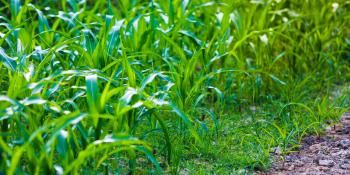National mitigation actions in agriculture put under microscope in new brief

by Cecilia Schubert
In Kenya, the government recently made a list of agricultural technologies, such as agroforestry and conservation tillage, that they believe could reduce greenhouse gas (GHG) emissions while building resilience. At the same time, Peru is planning a nationwide program that will scale up agricultural waste-to-energy initiatives.
A bit further up north, Costa Rica, is developing a mitigation strategy for its coffee sector, responsible for about 25 per cent of their agricultural GHG emissions. As a step towards their goal to become carbon neutral by 2021, the country is suggesting to apply nitrogen fertilizers more efficiently and establish coffee agroforestry systems.
So, what do these mitigation activities have in common?
Under the United Nations Framework Convention on Climate Change (UNFCCC), developing countries have the opportunity to receive support for voluntary actions that reduce their emissions, known as "Nationally Appropriate Mitigation Actions" or NAMAs. To date, over 50 countries have submitted NAMAs to the UNFCCC.
A published policy brief by the CGIAR Research Program on Climate Change, Agriculture and Food Security (CCAFS) takes a closer look at these plans and what they mean for agriculture and food security in a changing climate. The policy brief covers current NAMA development processes, visible challenges, synergies between mitigation, adaptation and food security and recommendations for successful implementation on the ground.
Mitigation in agriculture is crucial, as the sector contributes 7,300 to 12,700 million metric tonnes of carbon dioxide equivalent (MtCO2e) per year—about 80 to 86 percent of food systems emissions and 14 to 24 per cent of total global GHG emissions.
An increasing number of countries are seeing the potential synergies of adaptation, mitigation and food security
An analysis of the NAMA submissions reveal that some countries do actually recognise the linkages between adaptation, food security and mitigation. They plan, for example, to establish silvopastoral systems, where forestry and grazing of animals are combined in a mutually beneficial way: trees increase carbon storage in soils and biomass, and could help raise livestock productivity by reducing heat stress for the animals.
A silvopastoral system is one example of many mitigation measures that could also be used to adapt agricultural production to a changing climate. These beneficial overlaps show how important it is to adopt a landscape-level approach, when planning for mitigation and adaptation activities.
Early movers are needed to build momentum for NAMAs
Countries like Peru, Kenya and Costa Rica are paving the way for NAMAs in the agricultural sector. However, some challenges still persist - mostly due to the lack of experience among countries to plan, implement and scale-up mitigation activities in the agricultural sector. The persisting idea that adaptation and mitigation are conflicting goals is also a stumbling block for progress in some countries.
In order to ensure support for mitigation activities, it is crucial to quantity their impact. This means, in other words, that there is a real need to improve methodologies for the quantification of agricultural GHG emissions.
Read more: Moving mitigation forward: Improving quantification of agricultural greenhouse gases
To amp up the development of NAMAs it is important to take stock of what we know, to build on existing agricultural technologies and practices with demonstrated synergies in mitigation, adaptation and food security. The brief concludes that agricultural NAMAs can in fact be an important option for accessing climate finance opportunities to scale up best practices in agriculture.
Download the full policy brief: Paving the way for nationally appropriate mitigation actions in the agricultural sector, by Gesine Hänsel, November 2012.
Cecilia Schubert is a Communications Assistant at the CCAFS Coordinating Unit. Gesine Hänsel is the author of CCAFS latest policy brief. Want to get the latest updates from us? Follow us on Twitter, Facebook or sign-up for e-bulletins.


